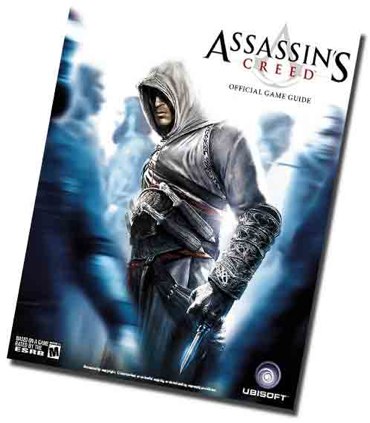Tuesday’s post generated some excellent ideas about 21st century schools — or School 2.0. But I wonder if there might be a distinction between asking, “What does School 2.0 look like?” and, “What do we see when we look at a School 2.0?”
There may not really be a difference between the two questions, but I’m thinking about two types of answers. One lists the facilities we look at, the books and desks, Kindles and wireless access, web sites, and blogs. The other answer is much more organic. The facilities are the tools. I would want visitors of the school to see through the tools to what their children are learning and how they are learning it.
I would want them to see a library — and part of that library would be books. But some of those books would have been authored by students and former students of the school. I would want them to see samples of student work. However, it wouldn’t look like a student showcase. It might look like a virtual museum or an art gallery. It would be student produced glossy published scientific manuals and data-rich reports on geo-social behavior. It might be archived videos of student performances and presentations, and critiques of works provided by other students.
 |
|
|
What the community sees, when they look at the instructional staff, is not teachers, but learning consultants, who sometimes teach, but just as often are simply setting goals, facilitating collaborations, and helping students ask the right questions.
A while back John Beck, one of the authors of Got Game, while being interviewed for a podcast, talked about how many of the games at that time ran on multiple levels, and at the end of each level there was a big monster that you had to defeat in order to get to the next level. This monster was called the level boss.
He suggested that a boss (or teacher) who acts like a boss may not appear so much to be a leader to a video game generation of workers (or learners). He or she may, instead, look more like a barrier. He suggested that the boss (or teacher) might get further by acting like a strategy guide, the book that video gamers buy that publishes strategies and cheats for navigating the game.
Might we think of curriculum as strategy, or even cheats?
Please continue to comment on Tuesday’s post.
Powered by ScribeFire.

Very interesting thought.
I like the idea of viewing the teacher as a type of strategy guide. The semester long course becomes the level and the final exam or whatever alternative assessment might be used would be considered the boss. The teacher then acts to provide all of the detailed information about the level that they will need to complete it. Included in the guide would also be directions for finding all the bonus material that can be found in that level (course) which would make the gameplay (learning) much more fun and interesting.
Of course, it is to be noted that using the word “cheats” will throw up red flags for many. Ultimately, though, the goal is for the students to learn and retain the information that we are presenting to them. We will need to keep the level engaging and fun so that players (students) are not too quickly frustrated and give up on the game. The strategy guide becomes the means by which this can happen. As students progress through the game on their own, they may encounter a puzzle room that boggles them. Since they must clear the room in order to continue, it will become no fun to play anymore if they try too long without any progress. Cheats can enter in easily at this point in the game but I would not consider the strategy guide as a cheat. Cheats tend to be special codes that are overpowered and provide benefits such as unlimited ammo, health, or money. Strategy guides on the other hand would provide things like maps and information on what resources might be required to make an improved weapons purchase.
I would be interested to see how a classroom might respond to a teacher presenting themselves in this way at the beginning of a semester. It the teacher is going to follow through with this, they will need to have a great game design, story line, and a good user interface to pull it off.
Interesting to see the parallel drawn to video game generation! 🙂 whether or now students see teachers as barriers is an issue I guess which exists from a long time. Though there are a few good exceptions (hope I am one ;)), the key thing about adding value like in anything else, how to make students feel that? Now there are much more options for teachers to do this even more easily, whatever we may want to call it education2.0, student2.0 etc… there are a handful of tools which bring tremendous value to the learning community, one of them which I use is an interactive flashcards based learning with plenty of resources and groups and collaboration. Teachers of today’s world need to leverage such systems to add value, I’ve seen great benefits with my students.